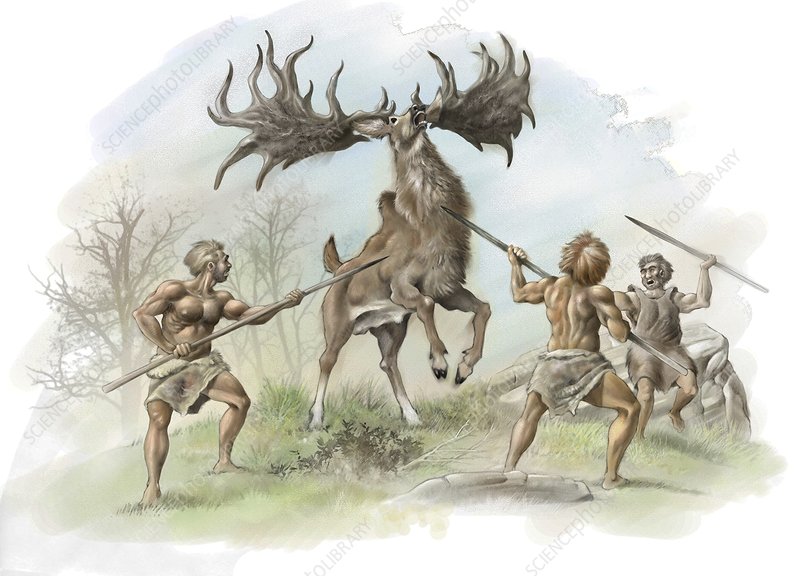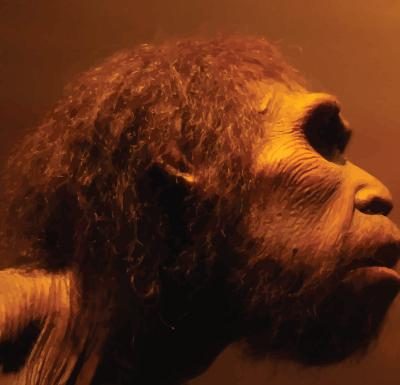In the Harz region of Lower Saxony, Germany, a phalanx or toe bone of an extinct deer with striking engravings was recently discovered. An analysis has revealed that it is a 51,000-year-old artwork created by a Neanderthal. The Unicorn Cave in Lower Saxony has been a popular site for fossils and artifacts since the Middle Ages. The discovery of the phalanx of a Megaloceros giganteus in the cave was particularly interesting because it had engravings. After an extensive analysis of the bone, a study by the University of Göttingen was published in the journal Nature Ecology & Evolution, revealing that the phalanx was carved by a Neanderthal. This finding sheds light on the technology of the time and suggests that Neanderthals had communication through symbols before the arrival of modern humans.
The engravings on the bone include several lines and V-shaped symbols, indicating that Neanderthals had communication through symbols before the arrival of modern humans. This discovery challenges the notion that Neanderthals were less intelligent than modern humans and raises questions about why they became extinct. While the Homo sapiens likely outcompeted the Neanderthals for resources due to their advanced cognitive abilities and technology, the Neanderthals were also facing challenges such as climate instability, meteorological extremes, and disease brought by the Homo sapiens. In addition, the Neanderthal population was becoming smaller, leading to inbreeding and a decline in performance among new generations.
The discovery of the phalanx is the oldest decorative object found in Lower Saxony and one of the most important finds in Central Europe. It provides new insights into the life and thinking of Neanderthals and challenges our understanding of their intelligence and capabilities. The oldest cave painting in the world was identified in Indonesia in 2021 and is estimated to be about 45,500 years old. The discovery of the phalanx is even older than the first cave painting and adds to our understanding of the history of human art and communication.










